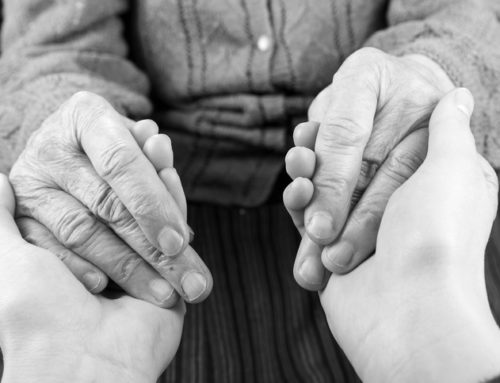Recently researchers at Rush University Medical Center have been asking if Parkinson’s disease patients are ‘blind to blindsight.’ These scientists have developed a new idea they call ‘blind to blindsight,’ to better integrate information on visual problems that often contribute to declines to quality in life in those with PD.
‘Blindsight’ is seen in people who have been blinded by a lesion located in the brain’s visual cortex. These people are blind, yet they still are able to sense a source of light, or rapid movements without even knowing it. Oddly, patients with ‘blindsight’ even can respond to facial expressions, particularly those that express danger or fear. It is thought that such visual stimuli can be converted into actions by going through other lower areas of the brain. So, these retained visual abilities are essentially unconscious responses to certain types of visual stimuli even though the visual cortex is damaged.
Patients who have PD, who do not have vision problems, may be able to do such tasks. They show slower and less accuracy of pursuit eye movements. They may have trouble grabbing a moving object, and may have less sensitivity to low contrast. They also may not be able to accurately read facial expressions.
These PD symptoms are classified by the researchers as major ‘blindsight’ impairments. Based upon this new thinking, researchers may be able to propose a new idea about how to understand within a single visual system, blindsight, the many symptoms and visual signs of people with PD. It seems that impairment of old brain networks operating inside of the blindsight visual system is what causes many of the visual problems in the disease.
Studies have shown that about 1/3 of those with PD have visual hallucinations, and the researchers think that the damaged brain networks that deal with ‘blind to blindsight’ syndrome may also be a cause of some of these hallucinations. Such hallucinations might involve an incorrect guess at a movement in the peripheral field, such as seeing a cat in the corner of the eye.
Slow reaction of PD patients to movements also can be dangerous, such as when driving.
The researchers noted that not all of a PD patient’s visual defects can be explained by ‘blind to blindsight.’ They hope that their new discoveries will encourage new neuropathological studies to be done to further understand the brain networks involved with this strange syndrome.
Helpful Bathing Aids for PD Patients
To help improve the quality of life for your loved one, we offer many helpful Parkinson’s products for the bathroom:
The Soaper Sponge Bath Sponge has a long handle that can hold a bar of soap for easier bathing and cleaning.
The Telescoping Grip Grab Bar gives you an extendable handle in the shower that can lengthen and shorten as needed.





